Cooking to Cook, Vol. 5: Panettone
This column came about last year, based around the idea of cooking for one’s own pleasure, for the purpose of making mistakes and learning along the way. In this latest edition, frequent Attic contributor Milena Le Fouillé bakes to celebrate the end of exams and delves into the history of panettone.
All photos by Milena Le Fouillé.
This summer and autumn have been especially challenging for me, for I have decided to take on the national concours to become a curator in France. I understand that the title of curator in English-speaking countries is generally linked to the obtention of a PhD in art history, but in France, things are done a bit differently. Each year, everyone who wishes, doctor or not, is given the opportunity to take a series of selective tests destined to test our general knowledge in art history, expertise and connoisseurship, management and directorial skills, etc. and fluency in two foreign languages, in my case English and Italian. The tests run from the end of August to the end of November, and the best students among us are then invited to enter the National Institute of Patrimony to take on a special curatorial program, at the end of which they will be delivered the title of national curator, and become public servants. The only good thing about this calendar is that when you come out of the concours at the end of November, you cannot wait to to finally start enjoying yourself and you are more than ready to get into the Christmas spirit. I decided to celebrate by baking a gift to my Italian teacher to salute the end of our efforts, and settled on a panettone, a Milanese sweet bread loaf traditionally baked for Christmas or the New Year.
Researching the origins of the word panettone, I stumbled upon a number of legends.
Some say the tradition of baking this sweet loaf bread runs back to the fifteenth century, when Ludovico Maria Sforza, Duke of Milan, held a great Christmas banquet. Distracted by the abundance of dishes he had to make, the chef accidentally burnt the dessert. His apprentice Toni, however, had the same morning been baking a loaf of bread for himself, using the few ingredients he had at his disposal: eggs, butter, flour, candied fruits and raisins. The bread was served to the guests in extremis. Thankfully, they enjoyed it so much that the Duke had the chef brought in front of him and asked him what the dessert was called. The chef replied that it was the "pan del Toni" (the bread Toni made), thus giving his apprentice the recognition he deserved.
Others have a more romantic version of the story. A falconer fell in love with a baker's daughter, and, eager to ask for her hand, became her father's apprentice. To prove the strength of his affection, he invented a dessert made of eggs, sugar, butter, flour, and raisins. This primitive form of the panettone achieved such a great success that the baker allowed the young couple to marry then and there.
In fact, the word "panettone" most likely derives from the Milanese dialect "pan del ton," meaning "cake of luxury," the white bread eaten by the rich families, as opposed to the "pan de mei," eaten by the poor.
The recipe I'm sharing here is an adaptation of the traditional Italian one — sadly, I didn't realize that panettone was baked with sourdough until it was too late — that you can bake without a bread machine or a stand mixer. Be aware that the recipe takes approximately four hours to complete.
PANETTONE
You will need:
120 ml (½ cup) of water
120 ml (½ cup) of milk
1 vanilla pod
18 g (0.6 oz) of baker's yeast
6 egg yolks
lemon zest (grated)
65 g (⅓ cup) of sugar
45 ml (¼ cup) of your liqueur of choice (this is an optional ingredient that you can customize — I like to use Grand Marnier, an orange-flavored liqueur, but almond-flavored or lemon-flavored liqueurs also complement the panettone very nicely ; otherwise, rhum can also be used)
60 g (3 tbsp) of honey
180 g (12.5 tbsp) of butter
a pinch of salt (essential to make the dough rise!)
500 g (4 cups) of flour
According to your taste, 200 to 250 g (2 to 3 cups) of filling. I used crystallized orange and kumquat barks, white and brown raisins, and unsalted almonds, but you can also use crystallized lemon peels, bits of pears and chocolate chips, or even other combinations of dried fruits, etc)
– Begin by splitting the vanilla bean lengthwise and scraping out the seeds. Put the seeds and the vanilla peel in a saucepan with the water and the milk and simmer gently for ten minutes. Leave to cool to prolong the infusion, before taking the peel off.
– Mix the following ingredients in a large bowl in respective order: the baker's yeast, the egg yolks, the lemon zest, the sugar, the liqueur, the honey, the butter, the salt and the flour. Incorporate the vanilla-flavored liquid, and blend the mixture until an homogenous and smooth dough forms. Leave it to rise for and hour and a half.
– Once the dough has risen, lower the central part of the dough to remove the air, and incorporate the filling of your choice.
– Leave the dough to rise for another hour and a half .
– Butter the sides of a springform pan with high sides (7 to 10 cm approximately ; I used a charlotte cake pan) and fill it with the dough : it should come up two thirds of the way up the side of the pan, as the cake is going to rise again in the oven. If you have extra dough, better to make a second batch later!
– Preheat the oven to 150 to 180° C (300 to 356° F), depending on your oven's power.
– Bake for approximately forty minutes — check if the dough is ready by putting a knife into the cake. The blade should be slightly dump, but not liquid.
– Wait till the cake cools to sprinkle with icing sugar. Your panettone is now ready to be served alongside the hot drink of your choice — in my case, a cinnamon-flavored hot chocolate.
I wish you all very happy holidays!
Milena Le Fouillé is an art historian based in Paris, France, with a specialty in nineteenth and twentieth century art and a strong taste for mythology, fairy tales and legends. She's probably hiding in a museum's cafeteria right now, reading a novel when she really should be working.




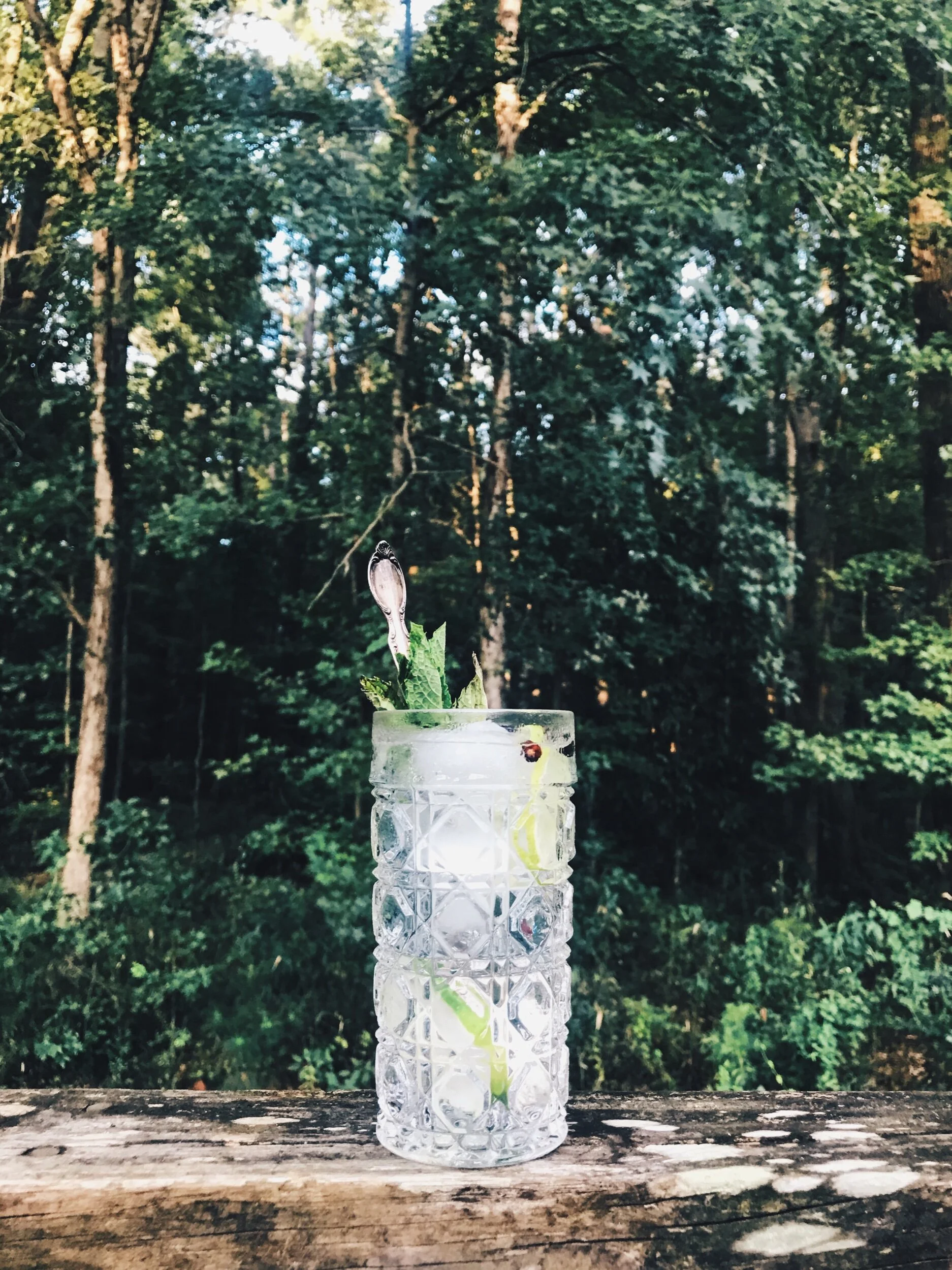


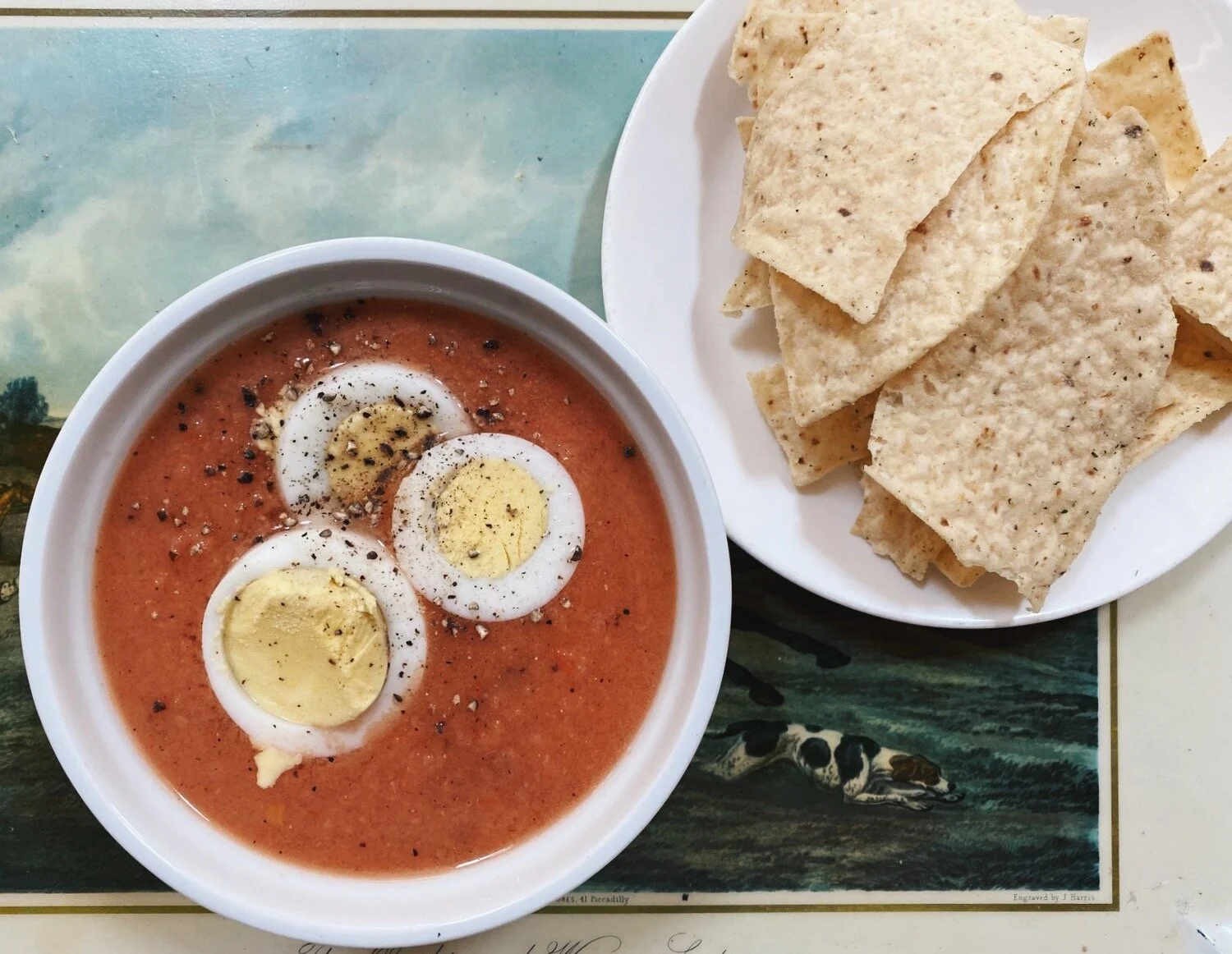
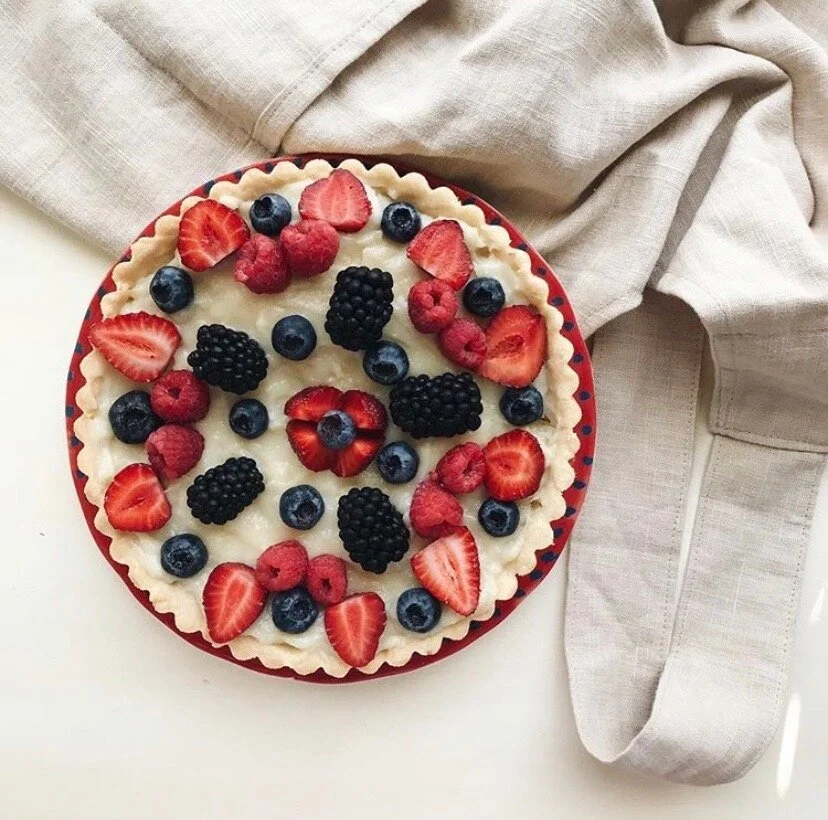

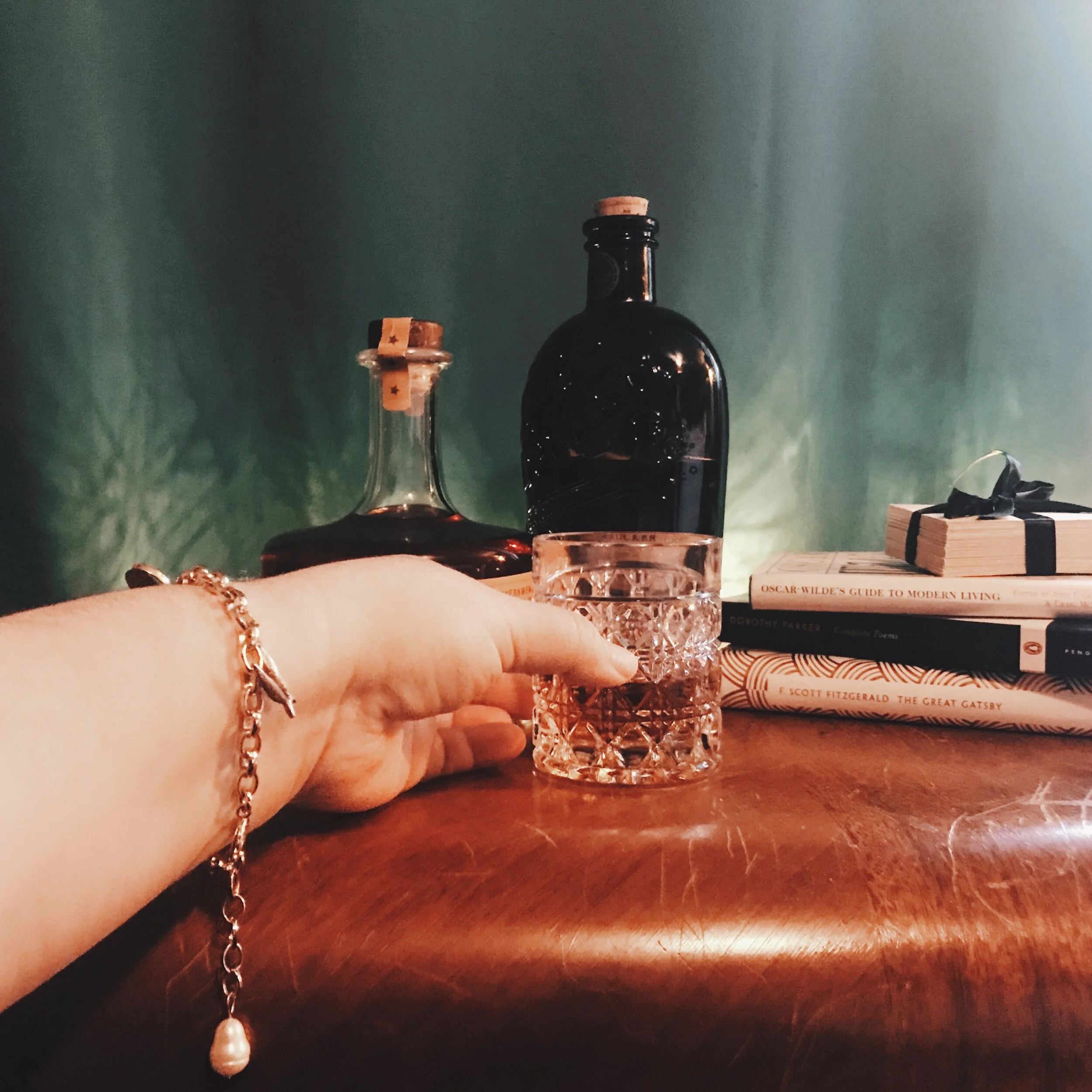
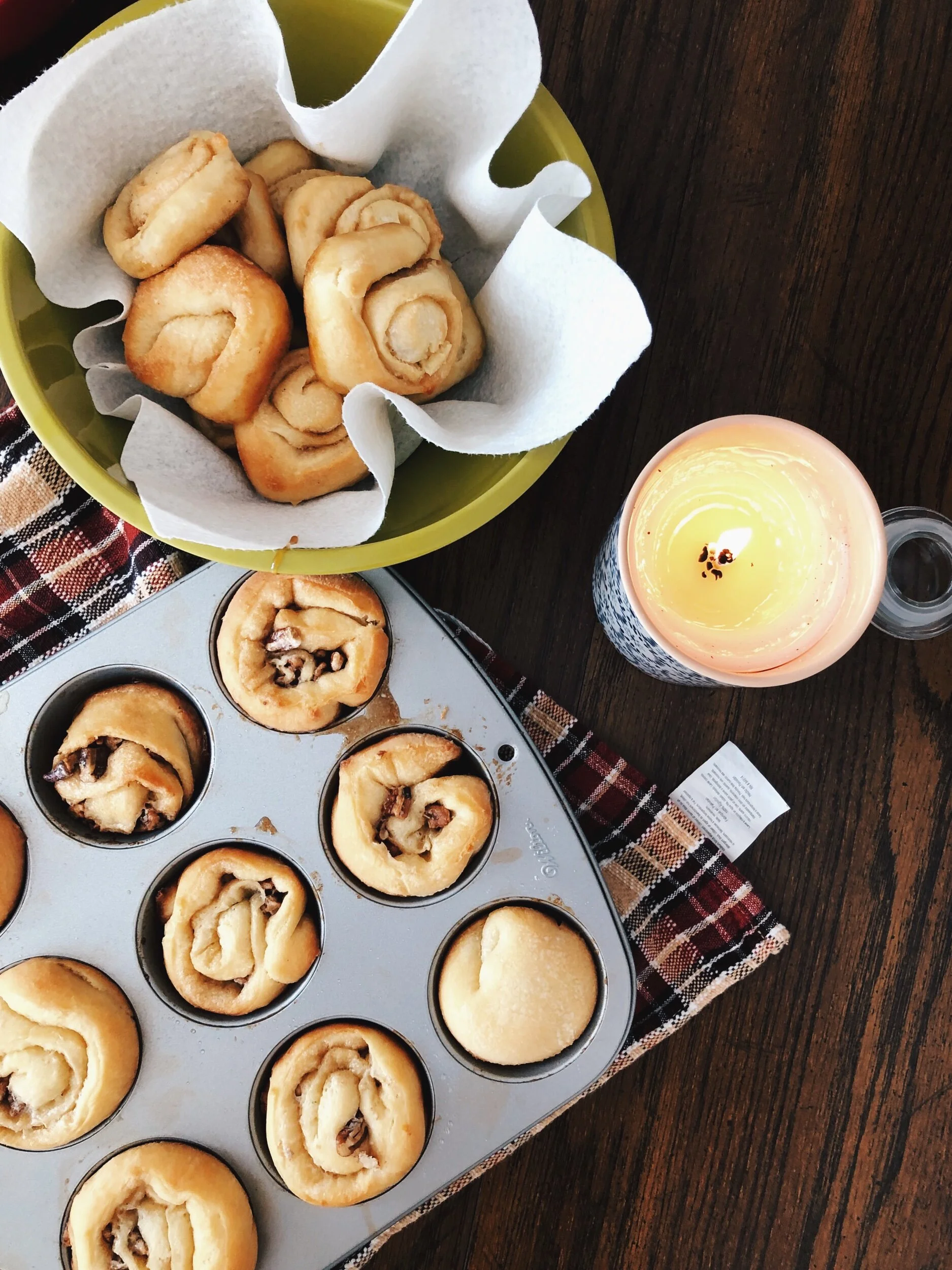

Adding to the community spirit of the holidays, founding The Attic on Eighth member Amy Richardson shares a Christmas Eve tradition (and recipe) that she started with her father.